Regardless of beauty standards, each country has its own characteristics, traditions, and customs related to the beauty of women.
Thick Eyebrows as a Beauty Standard
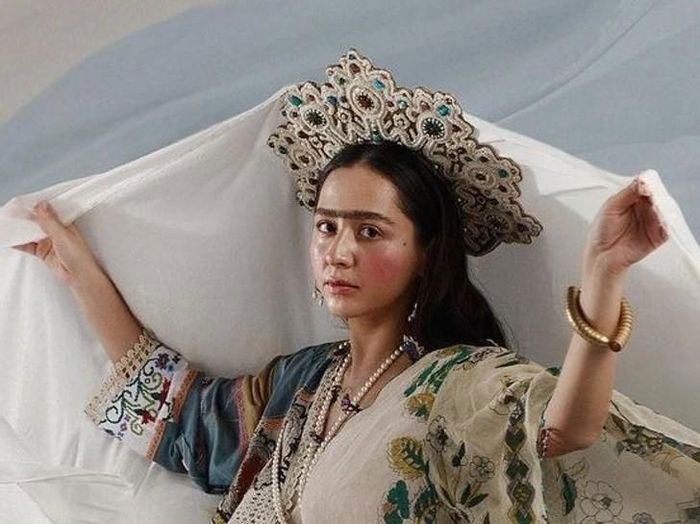
While women around the world strive to shape their eyebrows or use wax for the perfect arch, in Tajikistan, thick eyebrows are a traditional sign of beauty.
Girls without thick eyebrows use a special green herb called ‘usma’ to fill in the gaps and create a bold brow line.
Parents apply this simple technique to their daughters’ eyebrows from a young age.
Long Necks in Thailand
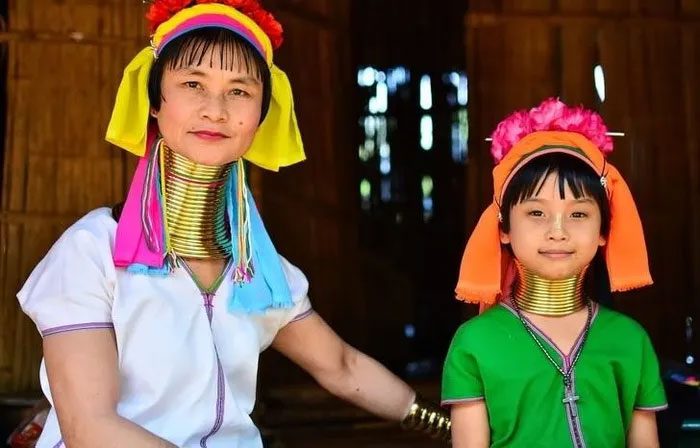
Long necks are a symbol of beauty among women in the Kayan tribe. This tradition has various origins, and many believe that it initially helped protect women from slavery.
However, some say that with a long neck, women resemble dragons, an important symbol in local folklore.
Girls begin wearing copper rings at the age of five, gradually adding more rings to elongate their necks over time.
Tooth Filing in Indonesia
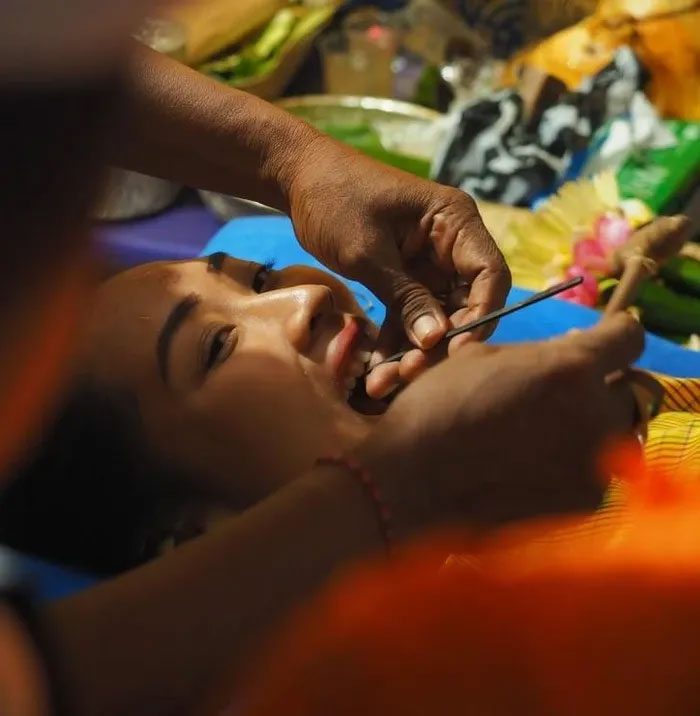
For the Balinese, tooth filing is a traditional ritual. This procedure is primarily performed by youths to “ward off evil spirits.”
Filed teeth in Indonesia signify maturity. After this procedure, youths are considered ready for marriage.
Although the filing process is no longer as harsh and widespread as before, some Balinese still practice it even when living far from their homeland.
Long Toenails in India
In 2015, Shridhar Chillal from India held the Guinness World Record for the longest nails on one hand.
However, Indian women do not stop at long fingernails; they also grow long toenails. Unlike trends worldwide, long toenails are considered common in India.
Heart-Shaped Faces in South Korea
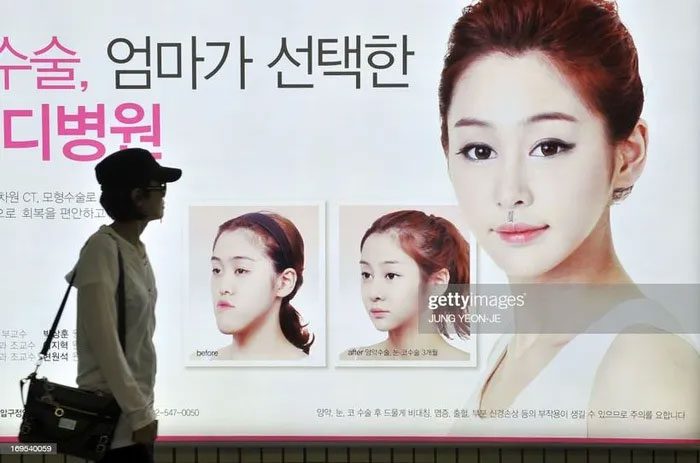
South Korea has the highest per capita rate of cosmetic surgery in the world. Facial reshaping is among the top three most common cosmetic procedures in Korea.
Despite potential risks, women often undergo surgeries to reduce cheekbones, create a V-line, and correct their jawlines in hopes of achieving a heart-shaped face.
Yaeba – Crooked Teeth in Japan
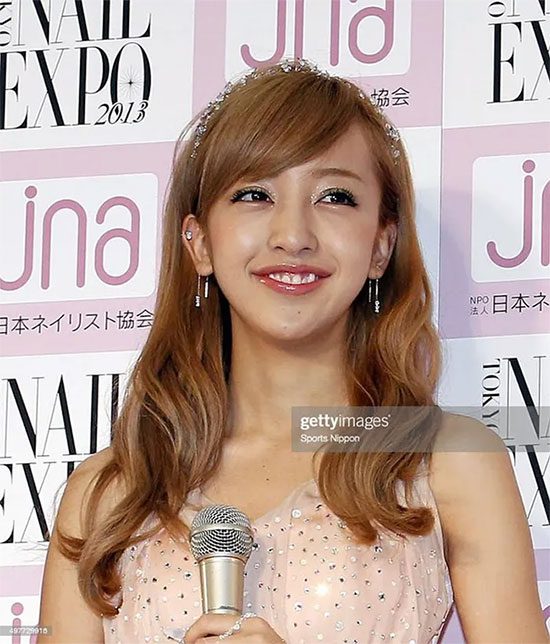
While people in other parts of the world spend a lot of money on orthodontics, in Japan, there is a trend in the opposite direction. Here, women pay to have crooked teeth.
This trend, known as yaeba or “double teeth,” involves dentists creating crooked teeth by applying permanent or temporary plastic covers to the upper teeth.
Crooked teeth give women a youthful appearance, making it a popular choice among Japanese girls.
Blackened Teeth in Japan
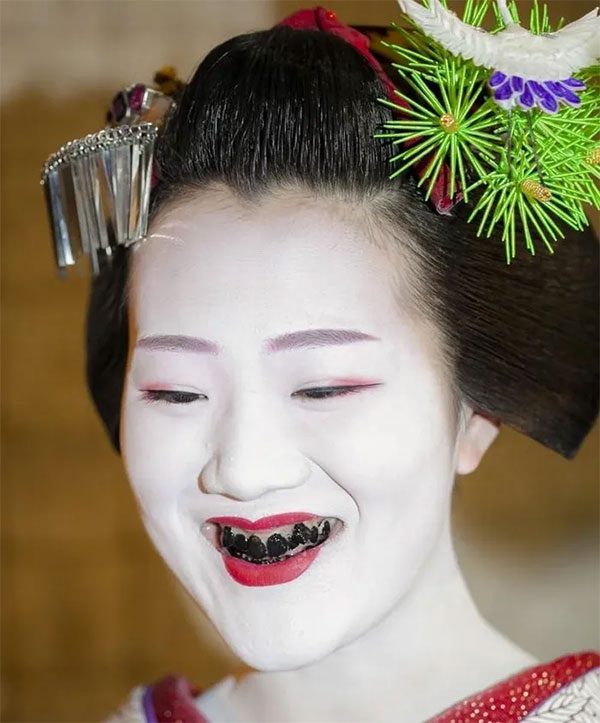
Blackening teeth, or ‘ohaguro,’ is a traditional Japanese practice of dyeing teeth with an iron solution. Although few people still practice this method today, it is noteworthy that blackened teeth were historically considered beautiful in Japan.
Ohaguro also served as a status symbol for women, primarily signifying beauty and their readiness for marriage.
Wrapping Bandages Around the Nose in Iran
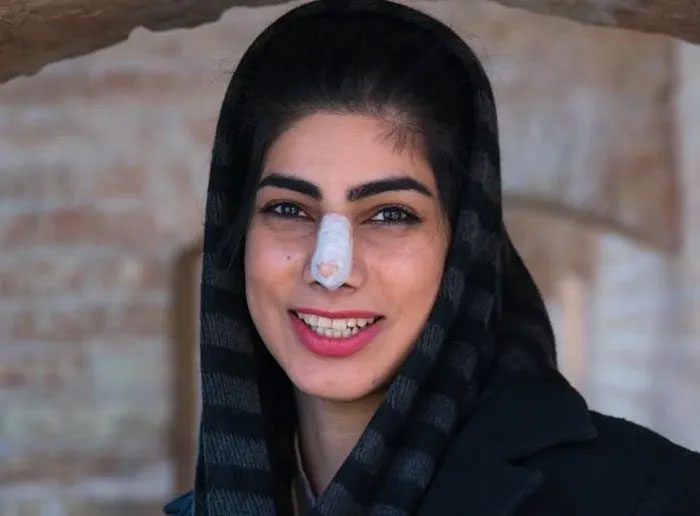
Due to the widespread popularity of rhinoplasty, Iran has been dubbed the “nose job capital of the world.” The explanation behind this is that women primarily cover their bodies and heads, which is why they are passionate about their appearance.
Nose bandages after surgery even have a special name: “honor bandages.” Women do not try to hide them; instead, they proudly display them as a sign of their recent nose job.
Some of them continue to wear bandages long after surgery as a symbol of wealth, showcasing their ability to afford such procedures.





















































